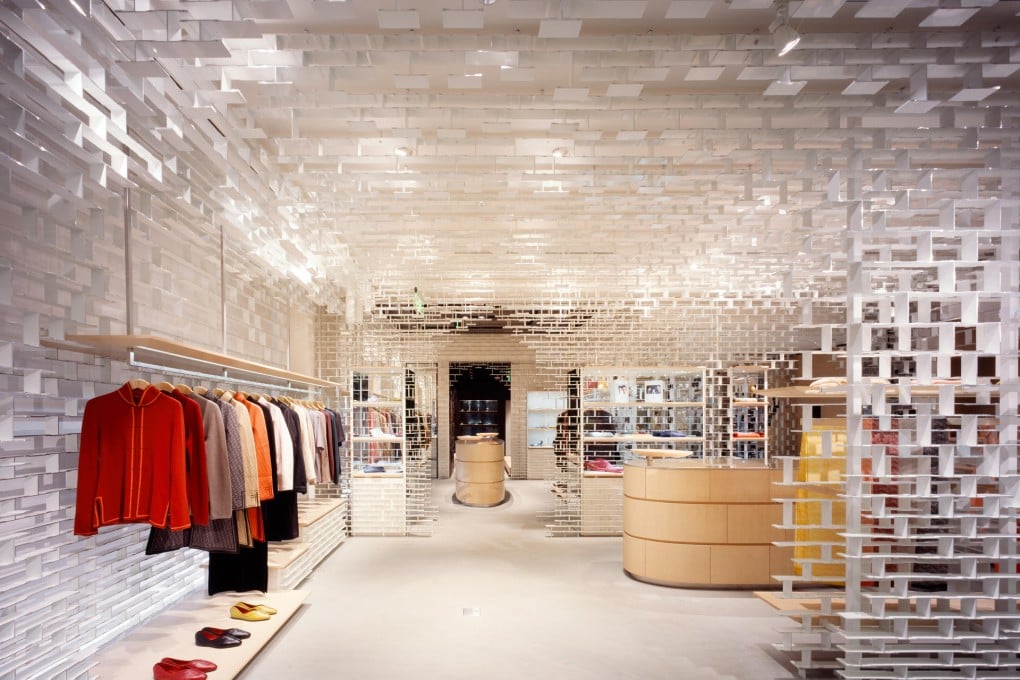Hybrid hothouse
Western branded firms are pairing with mainland companies to create products combining global excellence with a Chinese flavour. Shirley Lau looks at the hybrid business model

Osiao, Zhinuo, Denza … Struggling to pronounce these unfamiliar names? You are not alone. But soon, they will become the talk of the mainland, or so hope Estée Lauder, BMW and Mercedes-Benz, the luxury brands behind these so-called hybrid brands targeting mainland consumers.
Over the past decade or so, Western high-end brands have been vying to expand their share of the massive mainland market with high-profile promotion campaigns and the spread of retail outlets. Now it looks like some of these brands have decided that one way of guarding and expanding their share in the mainland is to create hybrid brands that combine global savoir-faire with local flavour.
Michel Gutsatz, a France-based luxury brand-management specialist and co-author of , concurs.
"This is a radically new approach. It is a new business model that is now appearing in luxury," says Gutsatz, who is also the associate dean and MBA director of Kedge Business School in France and adjunct professor of China Europe International Business School on the mainland. "At all the conferences I have given on luxury, I often had people ask me: 'When will China have its own luxury brands?' This business model is an answer to this question."
"It is not something we've seen before, especially when it comes to luxury," says Bertrand Ternat, associate director of market research firm Ipsos' Hong Kong office. "As the core of luxury, you never adapt your offer based on one country … because luxury is about legacy and heritage."
One hybrid brand that has already caught the attention of Hongkongers is Osiao (pronounced o-shao), which debuted in Lane Crawford stores in October 2012. An East-meets-West beauty line, it adopts a method "inspired by Chinese medicine and Western dermatology".
